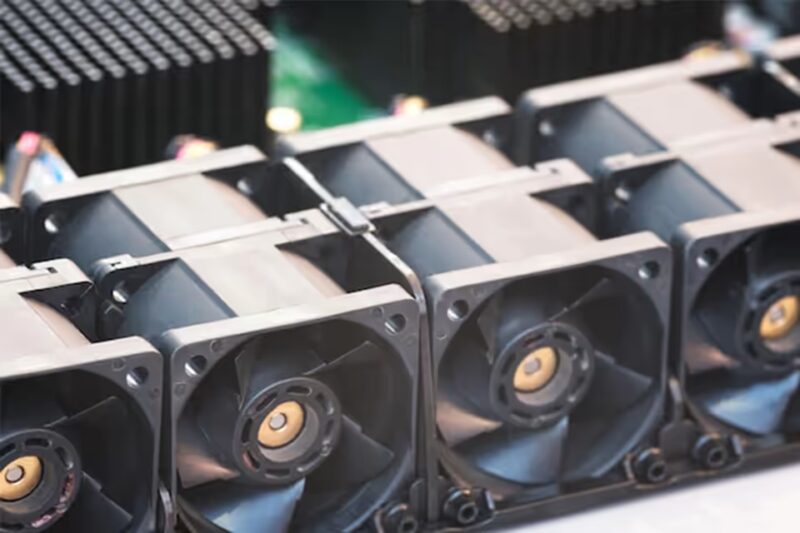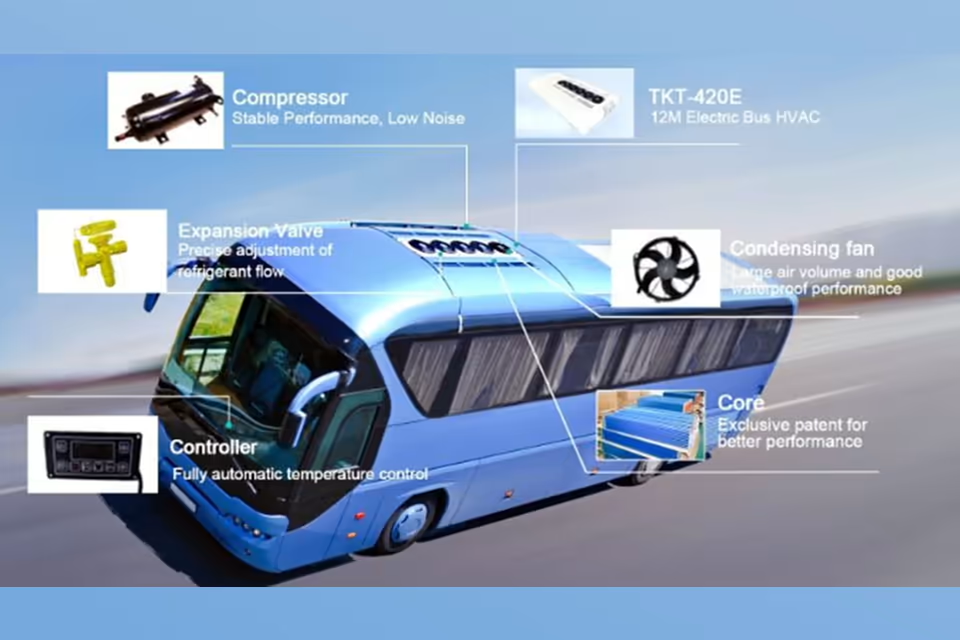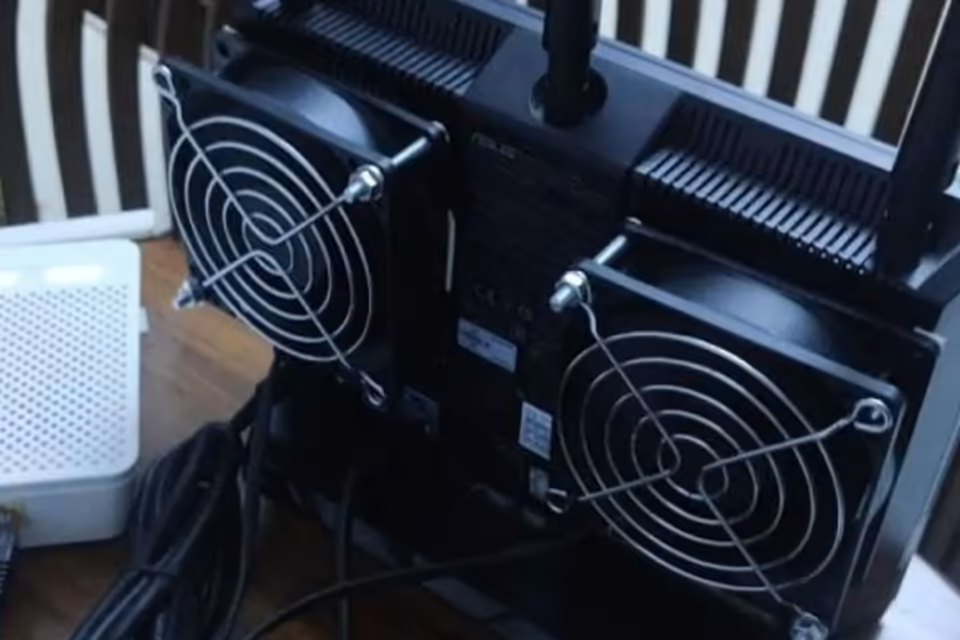Cooling fans are indispensable components in server cases, tasked with the critical role of managing the immense heat generated by internal components to ensure optimal performance and longevity.
As servers operate, their core parts, like CPUs and GPUs, produce significant heat. Without effective cooling, this heat can lead to equipment malfunctions, catastrophic data loss, and increased operational costs.
The relationship between heat and failure is direct; for every 10°C increase above the recommended operating temperature, the failure rate of electronic hardware can double. This underscores the necessity of robust thermal management.
The design and placement of fans are crucial for creating efficient airflow, typically in a front-to-back pattern that draws cool air over components and expels hot air.
Ultimately, cooling is integral to maintaining stable operations, enhancing system performance, and achieving sustainability goals.
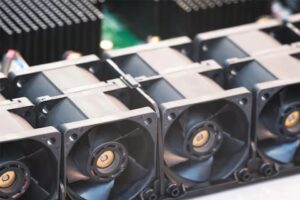
Heat Generation in Servers
Servers generate a substantial amount of heat as a byproduct of their operation. This heat originates primarily from power-hungry components such as processors (CPUs and GPUs), memory modules, and power delivery systems.
Due to electrical resistance, these parts can reach their thermal design power (TDP) limits, sometimes exceeding 250W, making heat management essential for operational integrity.
The fundamental principle of air cooling involves transferring this heat away from the components. Heat is first conducted from the component’s silicon die to a heatsink, which is then dissipated into the surrounding environment via airflow. This process relies on pressure differentials, with fans creating high-pressure zones that push air toward low-pressure zones, carrying heat away.
For this to be effective, the airflow must be as smooth and direct as possible. Maintaining the ideal server room temperature (generally between 68°F and 77°F) is critical, as deviation can lead to overheating, equipment damage, and increased failure rates.
The Role of Cooling Fans in Servers
Cooling fans are the primary actors in maintaining server health by actively regulating internal temperatures. They expel hot air from the server chassis while drawing in cooler ambient air, preventing the heat buildup that leads to malfunctions and damage. This function is especially vital in high-density data centers where numerous servers operate in close proximity.
By establishing a consistent front-to-back airflow path, fans align with the hot-aisle/cold-aisle configuration common in data centers, maximizing cooling efficiency.
There are two common types of fans: axial fans, which provide high airflow and are suitable for low-pressure environments, and centrifugal fans, which are better at compressing air for high-pressure applications.
However, their effectiveness can be compromised by challenges like poor cable management or blocked vents, which disrupt airflow and create hot spots.
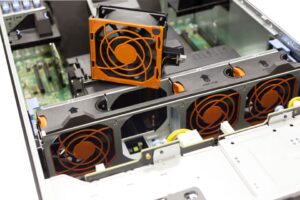
Benefits of Using Cooling Fans
The importance of cooling fans cannot be overstated, as they provide a cascade of benefits.
Enhanced Reliability and Longevity
By preventing overheating, fans keep components within safe operating temperatures, significantly reducing the risk of hardware failure and extending the useful life of expensive equipment.
Prevention of Data Loss and Hardware Damage
Excessive heat can cause irreversible damage to sensitive components and lead to data corruption. Effective cooling mitigates these risks, safeguarding critical information.
Improved Energy Efficiency and Cost Savings
An efficient cooling system reduces the need for excessive air conditioning and optimizes fan speeds, leading to lower energy bills. This also minimizes the need for costly repairs and replacements, enhancing overall profitability.
Maintained System Performance
Proper airflow ensures servers operate at their peak performance levels. It prevents thermal throttling—a protective measure where a component slows itself down to reduce heat—allowing for smoother, more efficient operation.
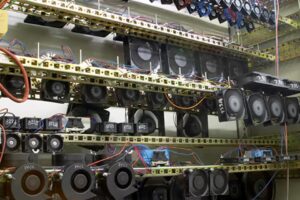
Factors to Consider When Choosing a Cooling Fan
Selecting the right cooling fan requires careful consideration of several factors:
- Input Power Requirements: Fans require specific voltages (e.g., 12VDC). It is essential to match the fan’s power needs with the server’s available power supply.
- Airflow Requirements: Airflow is measured in Cubic Feet per Minute (CFM) and indicates the volume of air a fan can move. The required CFM depends on the heat generated by the server’s components and the ambient environment.
- Technical Specifications: Beyond CFM, consider the fan’s power consumption for energy efficiency and its noise level, which can be a significant factor in a data center environment.
- Environmental Factors: High levels of dust can clog fans and heatsinks, while humidity can pose a risk to electronics. The operational environment may dictate the need for features like air filters or dust- and waterproof fans.

